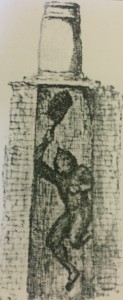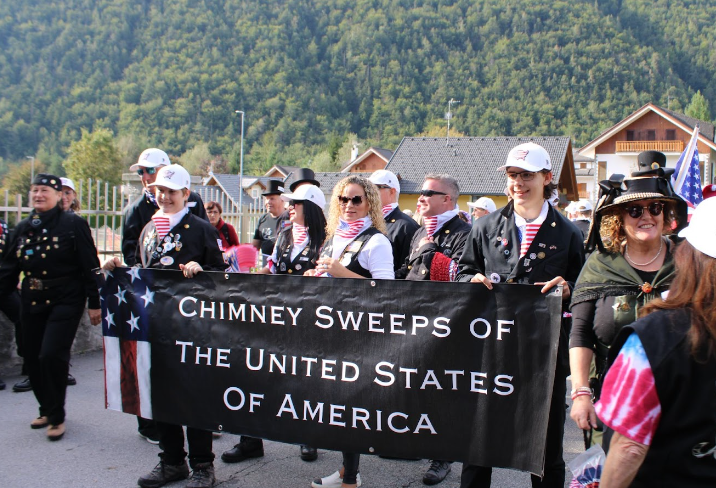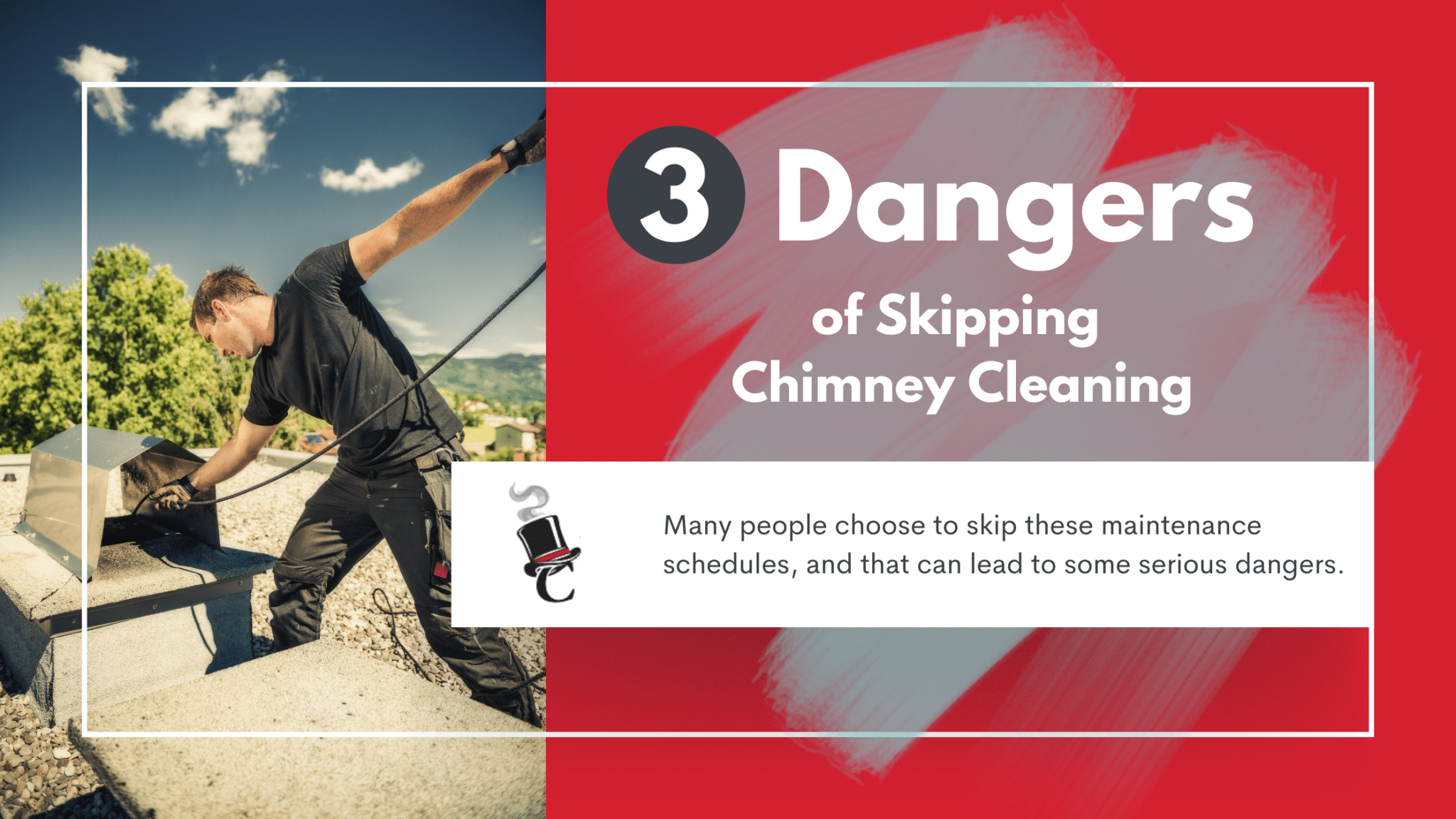In the year 1841 the number of chimney sweeps in Britain totaled 5028. More than one hundred and twenty of them were widows who had taken over their husband’s businesses. There were eight hundred chimney sweeps in and around London and those tradesmen employed four hundred journeymen and sixty two boys. Although there were a large number of chimneys to sweep, most of their income still came from collecting and selling soot.
At this time so many sweeps were needed that single-handed masters could actually afford rented premises. With these fixed establishments they were able to take on official apprentices and this is when official marketing for the trade began. They would advertise their services in newspapers or by posters. At this time a young sweep’s life could be hazardous. Less agile children could lose their ways in flues and be overcome with fumes. Other unfortunate individuals could lose life or limb by tumbling from rooftops in broken chimney pots. Many children of this time were adventurous and would pride themselves in their job and climbing abilities. At this time it was almost impossible for the working class children to go to school, so many masters would help teach these children to read and write.
An apprentice would live with his master until he became a journeyman. He then had the option to stay or set up his own business. Boys who were ‘out of their time’ or who grew too big to climb, were free to take on other employment. A large portion of those who left would go into the Merchant Navy, but most would open up their own chimney sweeping business. Generational families of the trade began to emerge and the Pearce family, who is still sweeping today in south-east England can brag a chimney sweeping ancestry back to the early seventeenth century.
This article is part of an ongoing educational series created by Midtown Chimney Sweeps, the first full-scale & technologically sophisticated chimney sweep franchise in the world.












